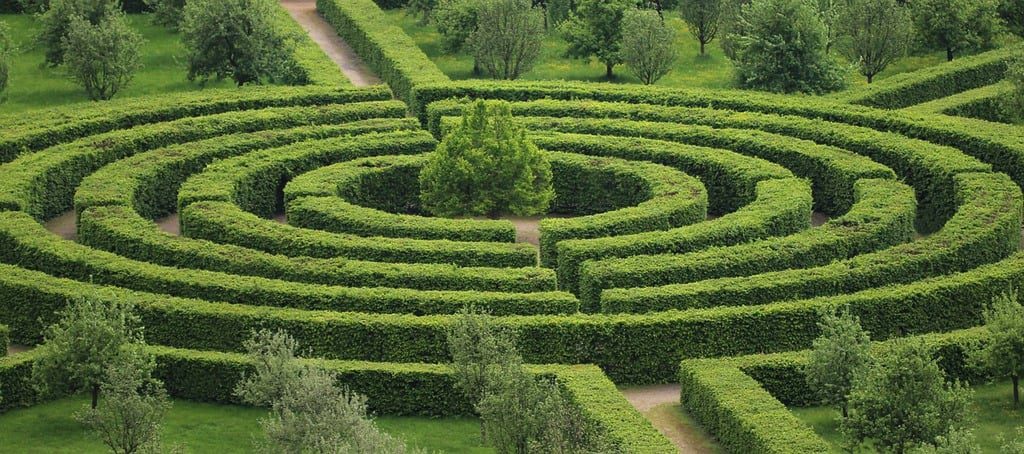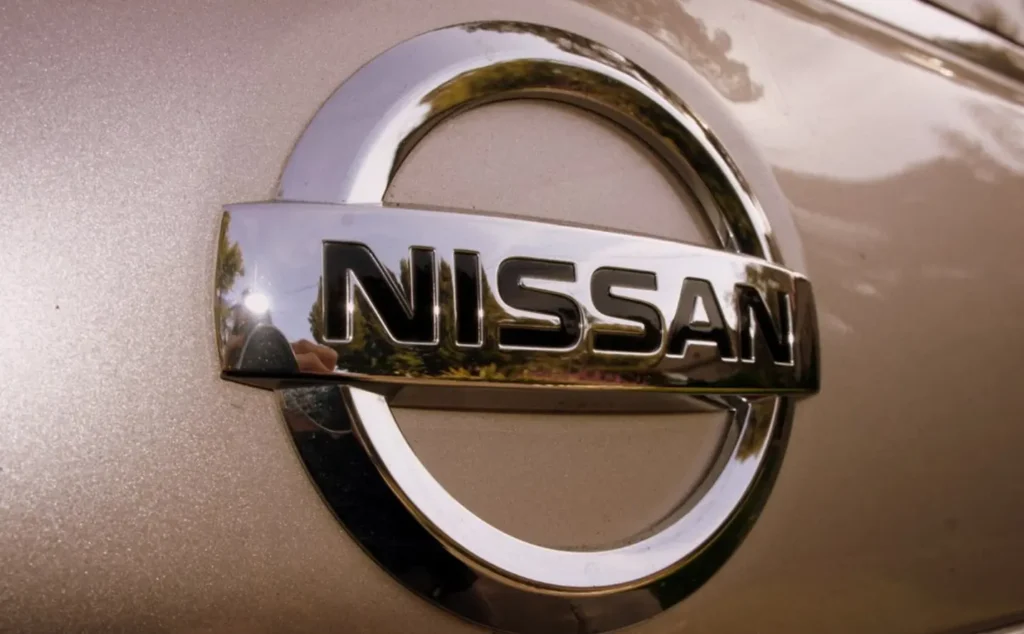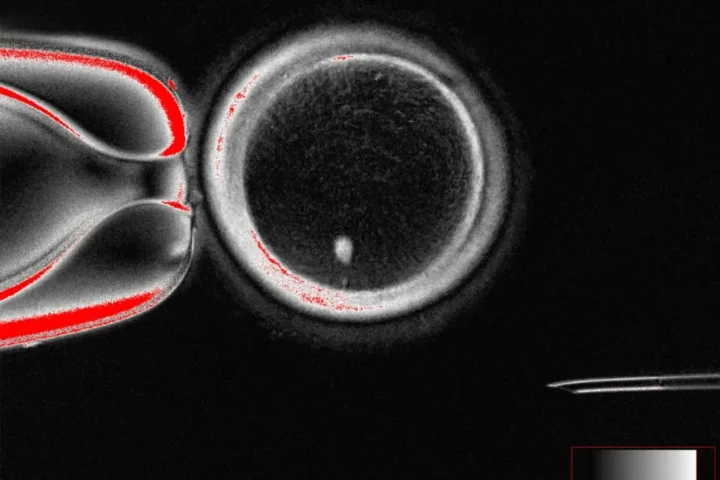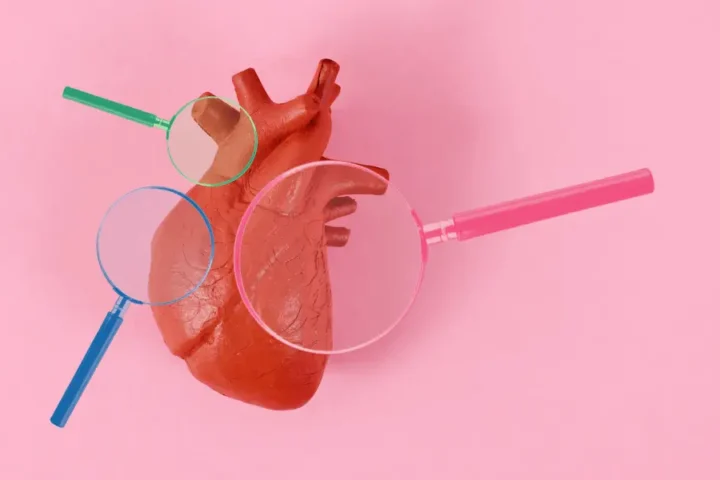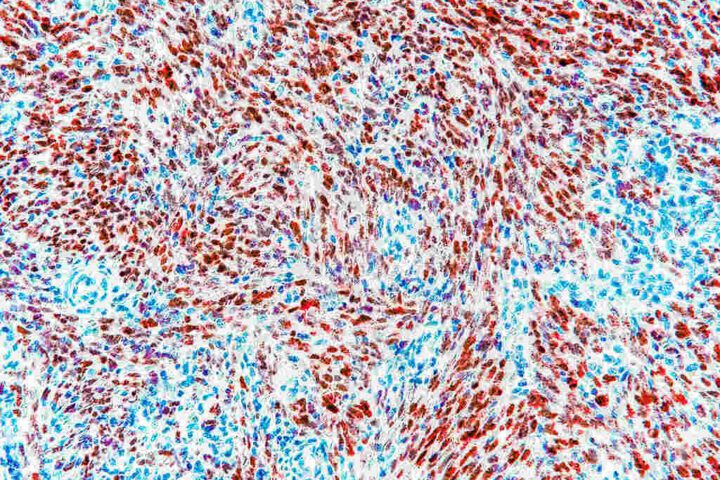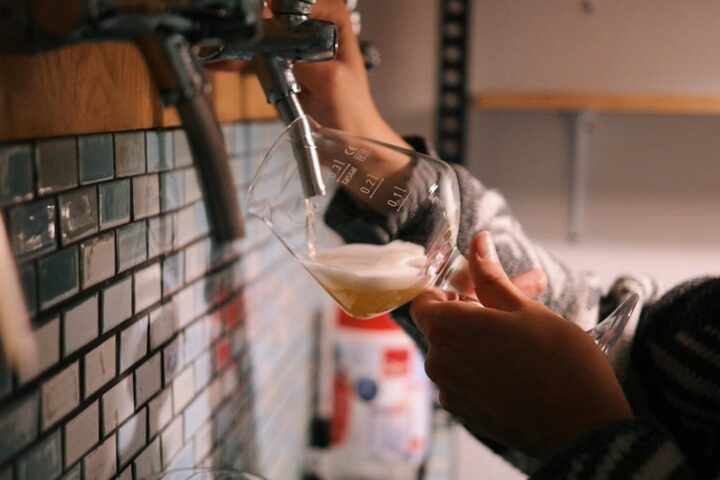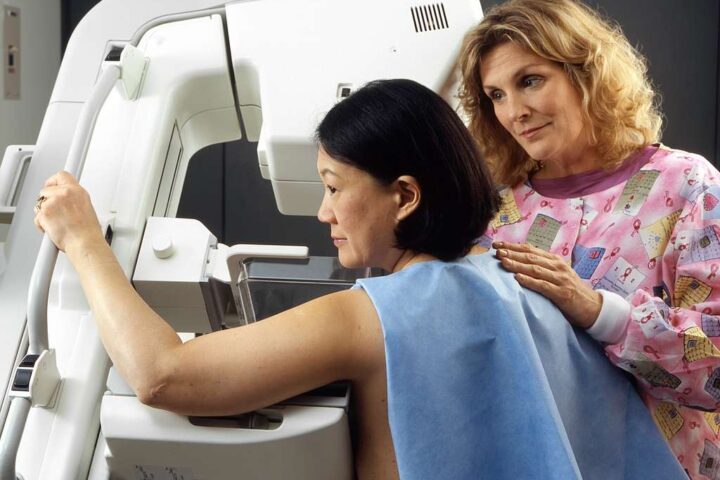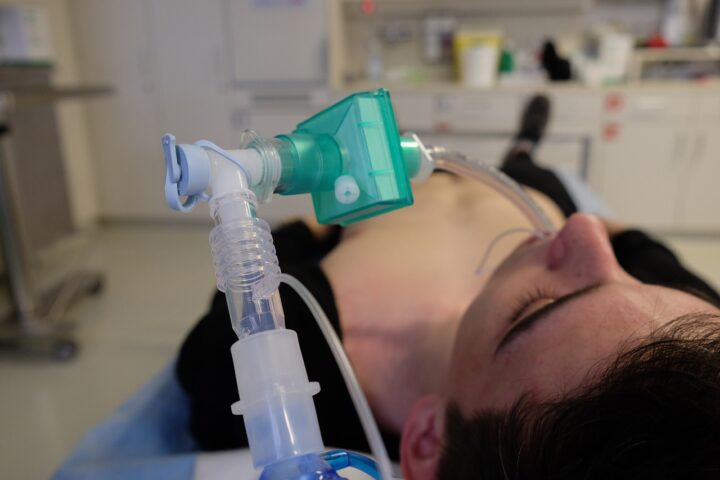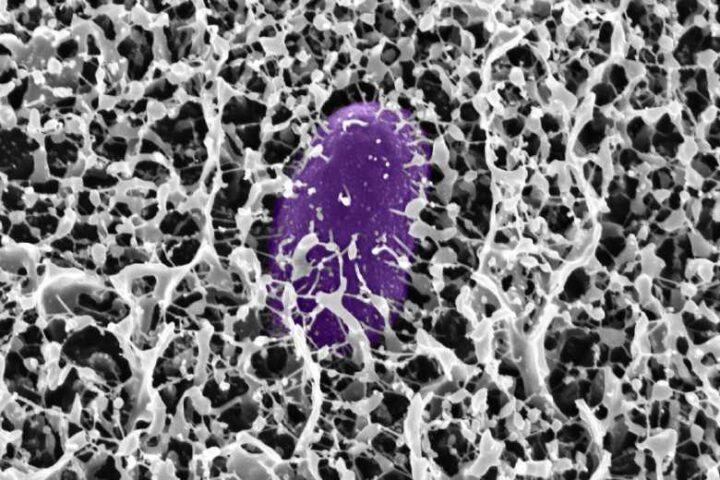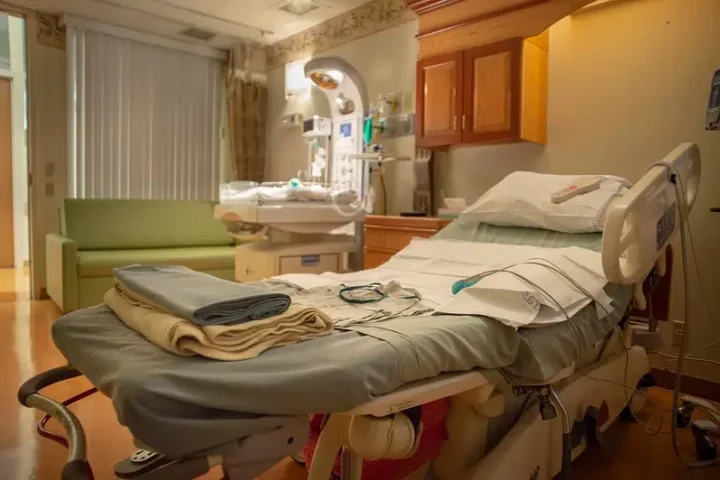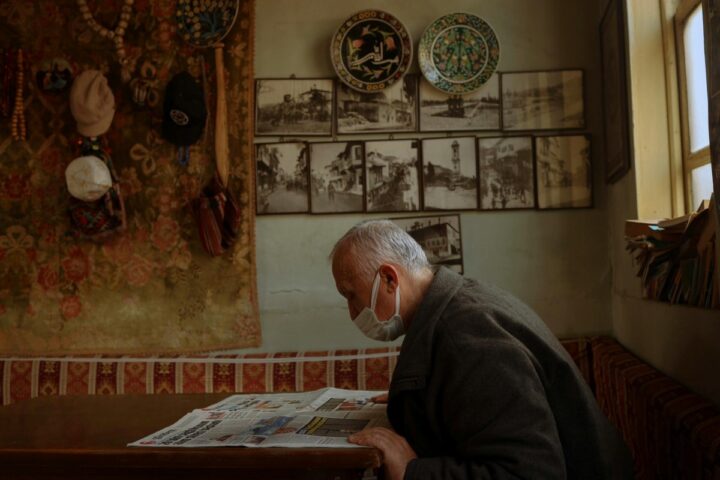Scientists have discovered why older adults often struggle to navigate new places, even when they can easily find their way around familiar neighborhoods.
A Stanford Medicine research team found that special brain cells responsible for mental mapping become less reliable as we age. These cells, called grid cells, are found in a brain region known as the medial entorhinal cortex (MEC).
“Older people often can navigate familiar spaces, like their home or the neighborhood they’ve always lived in, but it’s really hard for them to learn to navigate a new place, even with experience,” said Lisa Giocomo, one of the researchers.
The team studied mice of different ages in a virtual reality environment where the animals had to remember hidden reward locations on alternating tracks. This task required quickly distinguishing between similar environments – something humans often struggle with as they age, like confusing parking spaces in similar-looking parking lots.
Young and middle-aged mice quickly mastered this challenge. By day six of the experiment, these mice showed stable brain patterns specific to each track. Their grid cells fired in distinct patterns that matched whichever virtual environment they were navigating.
Elderly mice, however, failed to develop these distinct mental maps. Their grid cells fired erratically, and they couldn’t reliably remember where rewards were hidden when tracks alternated.
“Over days one through six, [young and middle-aged mice] have progressively more stable spatial firing patterns that are specific to context A and specific to context B,” explained Charlotte Herber, another researcher on the team. “The aged mice fail to develop these discrete spatial maps.”
Similar Posts
The findings suggest this mental mapping ability remains intact until about 13 months in mice, which roughly corresponds to 50-60 years in humans. After that age, decline begins but varies significantly between individuals.
Interestingly, the research revealed notable differences in how aging affects spatial memory:
- Middle-aged mice (about 13 months old) performed almost as well as young mice (about 3 months old), showing only somewhat weaker brain patterns.
- Male mice generally performed better than females, though researchers don’t yet understand why.
- One elderly male mouse defied expectations by performing as well as or better than much younger mice. This “super-ager” had unusually active grid cells that fired clearly and accurately in each environment.
“The variability in the aged group allowed us to establish these correlative relationships between neural function and behavior,” Herber noted.
This exceptional mouse inspired the researchers to look for genetic differences that might explain why some individuals maintain strong spatial memory while others don’t. They identified 61 genes expressed differently in mice with unstable grid cell activity.
This structure might help maintain grid cell stability and protect memory in aging.
“Just like mice, people also exhibit a variable extent of aging,” Herber said. “Understanding some of that variability — why some people are more resilient to aging and others are more vulnerable — is part of the goal of this work.”
The research, published in Nature Communications on October 3, 2025, could eventually help scientists develop ways to protect or improve mental mapping abilities as people age. It also supports the idea that spatial circuit dysfunction — beyond the traditional focus on amyloid plaques — might be an important target for maintaining cognitive function in older adults.
